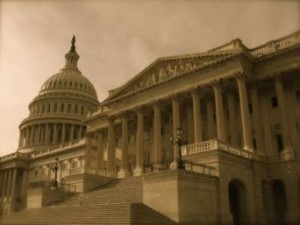Unemployment Extension - Unemployment Situation More Structural Than Cyclical

Unemployment Extension - Unemployment Situation More Structural Than Cyclical
Adolfo Laurenti, the Deputy Chief Economist at Mesirow Financial, recently aired his views on the current unemployment situation in America in his monthly newsletter, Themes on the Global Markets.
“There is a deeper and broader transformation currently taking place in the labor market - at least a portion of the rise in unemployment that we are seeing is becoming more structural (long-term) rather than just cyclical in nature. The so-called ‘natural rateâ of unemployment (the rate of unemployment consistent with the economy growing at its full potential), in particular, has risen from the lows that we were able to enjoy in the latter part of the 1990s and earlier part of the 2000s,” said Laurenti.
In making this statement, Laurenti highlighted the importance of distinguishing between cyclical and structural unemployment, which is clearly defined in theory, but less easy to differentiate in practice.
Laurenti said, “Without a robust empirical rule with which to draw conclusions, we can only proceed by a thorough investigation of the dynamics in the labor market, and we believe that circumstantial evidence is compelling in its suggestion that at least a portion of the rise in unemployment is more structural than cyclical in nature:
- The length of unemployment is rising. As of today, 2.6 million Americans have been without a job for more than six months.
- According to surveys of people filing for unemployment benefits, the vast majority of the newly-unemployed see the separation from their last employer as permanent, rather than temporary.
- Job openings have stabilized, and actually begun to rise, while the ranks of the unemployed have failed to shrink.
- The right professional skills are not easily available. A recurring theme in the press and media is the mismatch of skills in the labor market.
- Finally, there is the recognition that some of the shifts in the composition of activities within the economy are likely to be permanent.”
Laurenti also compared and contrasted the current unemployment crisis facing America with the unemployment crisis that existed in Europe during the 1970s and 1980s, outlining lessons that could be learned from considering trends observed during the European crisis as well as studying the impact of decisions made during that crisis.
“Is the U.S. following in Europeâs dysfunctional footsteps? For the most part, no. The labor market in the U.S. remains much more flexible than in Europe along several important dimensions. The mechanisms of wage-setting are less centralized, and American firms and workers have more flexibility and latitude to respond to adverse shocks. Learning from the European mistakes, we should resist short-term fixes that would make the labor market more rigid, preventing the market to adjust to the new economic realities. Instead, we should focus on programs that facilitate, rather than hinder, the underlying changes taking place in the economy,” added Laurenti.

